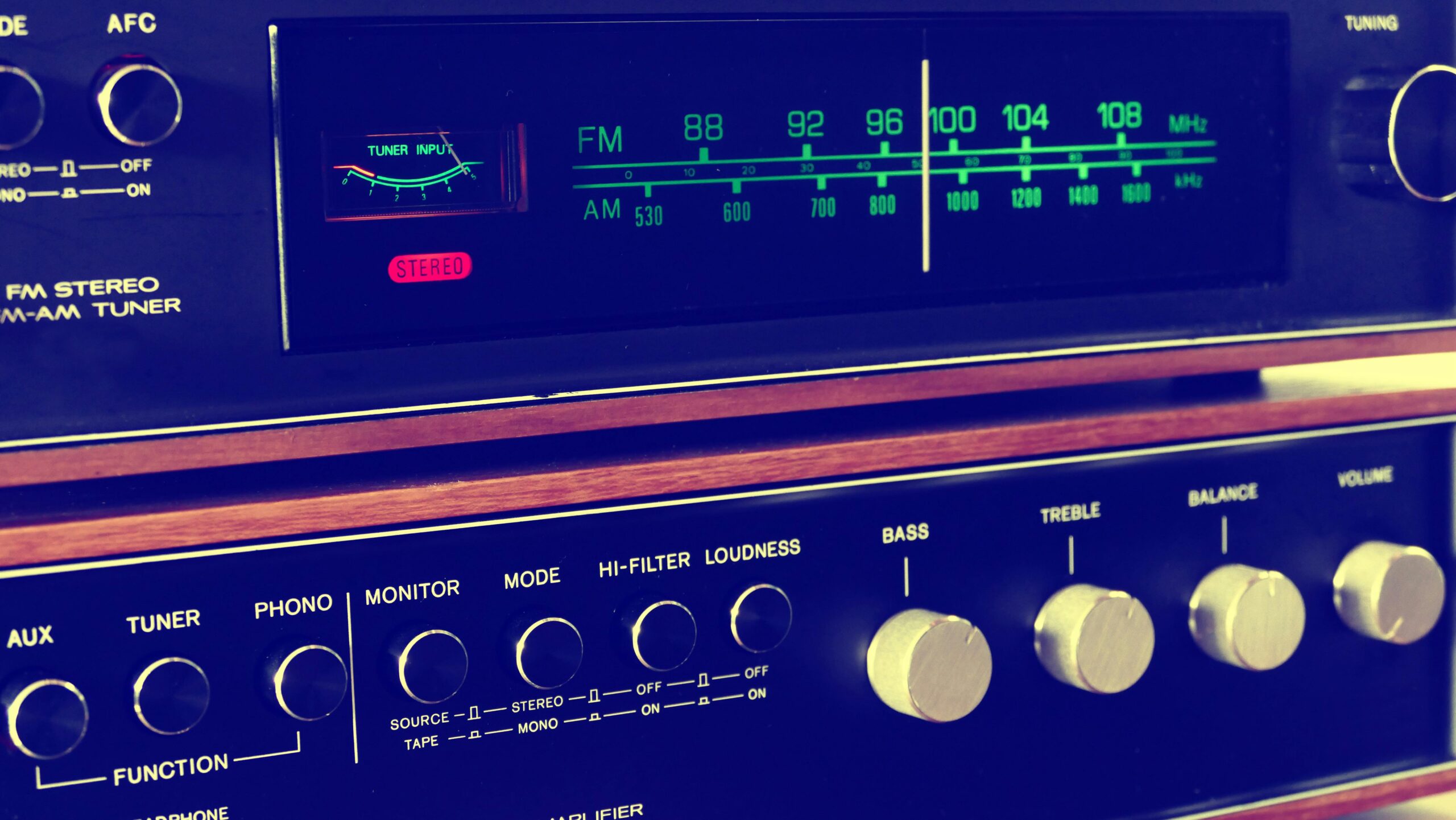
Embrace The Commercial Break – Part One
By Wayne Clouten, BPR

Whether we like it or not, radio commercials are the raison d’être of the radio business, for those radio stations funded by the selling of airtime. Despite this inconvenient fact there is often a chasm dividing the programming department from the sales department within a commercial/private radio station. Programming often falls into the paradigm of seeing themselves as the shining light of entertainment while sales is their nemesis. Reciprocally sales often see themselves as the unappreciated benefactors of the radio station without which there would be no jobs and toys for the programming team.
Both paradigms are unproductive, particularly in the 21st century. In an ideal world, programming and sales should work hand in hand finding solutions rather than friction, understanding the common ground and looking for every opportunity to create a win-win.
The common ground that binds everyone together inside a radio station is the listener. How well a radio station engages with the listener determines both the size of listening audience and how effective the radio commercials are. The task of achieving satisfied listeners and successful outcomes for clients is inextricably linked because both have to be achieved in the same 60 minutes each hour of the day.
While we may departmentalize each hour of program into what we think is the optimal order of content delivering the optimal listening experience usually commencing at the top of the hour, people do not necessarily listen to radio that way. People are tuning in at various times throughout the hour and the experience can be very different depending on when that tune in event occurs.
It is best to think of the hour in terms of ratio of content rather than some vertical order of content that listeners are going to conveniently listen to.
The reality is that commercials often represent 20% or more of what a listener will experience while listening during the hour. They are an integral part of what a listener encounters and while there is a paradigm that listeners “hate” or “avoid” radio commercials this is in fact an erroneous perspective.
What listeners actually do is manage their exposure to radio commercials (as people do when consuming all forms of commercial media).
Let us unpack that a little more:
Radio listeners are not morons. When people tune into a commercial/private station they do so knowing they will hear commercials. Radio listeners also hear, absorb, and react to radio commercial messaging that targets their interests, needs, problems and desires which is why radio advertising works so well.
The problem is not radio commercials that speak to the listeners’ interests or needs, it is the commercials that do not. The challenge is carrying the listener through the commercials that are of no interest to them, so they are still listening to your radio station at the end of the commercial break.
Another critical issue to take on board is that a radio commercial of no interest to the listener is the same as a station promo of no interest to the listener, or a contest of no interest to the listener. It is not just commercials that we have to be concerned about, it is everything that interrupts or delays the principal reason people listen to your radio station. Radio commercials are nowhere near the sole cause of listeners tuning out, however for the purposes of this article we will stay focused on commercial content.
The primary issue at stake when it comes to radio commercials and their effect on the listening experience is the “Shit to Fun” ratio (STF). It is critical for programming and sales to understand this as it goes a long way towards bringing both areas of a radio station into alignment and enhancing the listener’s experience and their level of engagement with the station.
In the next installment we will explore what the STF ratio is and how to best manage it.
Discussion
No comments on this post yet, start a discussion below!